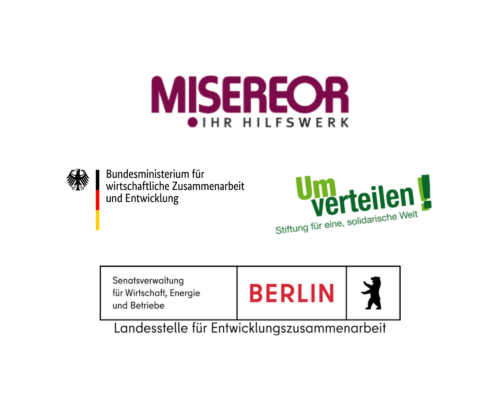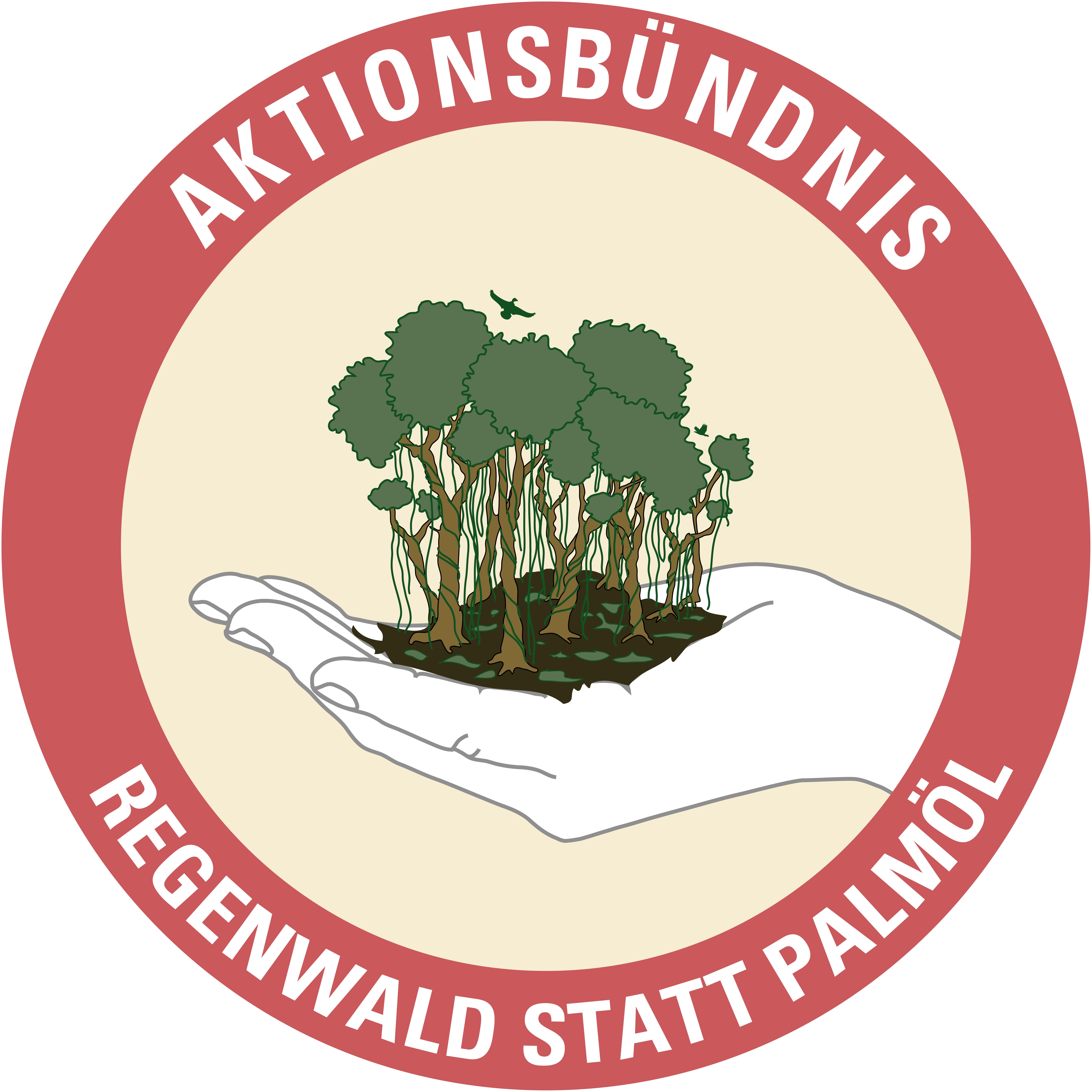Project: “Urban Transformation in Indonesia and Germany – Identifying Challenges, Seizing Opportunities”.
Project: “Urban Transformation in Indonesia and Germany – Identifying Challenges, Seizing Opportunities”.
Background to our current education and information project in the field of development education
In 2018, about 4.2 billion people worldwide lived in cities, which corresponds to about 55% of the global population. Estimates suggest that by 2050 nearly 70% percent of all people will live in cities. This means that within less than thirty years up to 2.5 billion people will move to urban areas. Most of this urban population growth, about 90%, will take place in Africa and Asia. With global urbanisation, urban spaces will inevitably undergo substantial transformations.
The reasons for global urbanisation are multifaceted and depend on a variety of factors, including the respective local conditions. These reasons also encompass, for example, the global climate crisis, a shortage of resources, or intensification of social inequality all of which also pose enormous challenges for urbanisation and the desire for sustainable and just urban transformations. In this respect, the current global situation presents challenges and opportunities at the same time to decide on central questions for the future together with cities and urban spaces in a way that is nevertheless mutually advantageous for all.
Urbanisation and urban transformation differ greatly in the Global North and Global South. On the one hand, this is due to regional (climatic, geographical) aspects. On the other hand, the starting points in terms of current urban and economic development differ in the various regions. About 80% of the world’s economic output is generated in cities. Cities, therefore, offer a variety of jobs and thus large capacities for the economic security of people. Hence, this is one of the main reasons or “pull factor” for the departure of people from rural areas worldwide. In contrast, a lack of fulfillment of basic needs in rural areas represents a “push factor.”
Another major difference between the Global North and the Global South is that in the North there usually is little difference between rural and urban living conditions. The infrastructure is similar, for example, in terms of the availability of schools, shopping facilities, or medical care. Contrarily, the difference between urban and rural life in many parts of the world that are counted as part of the Global South are characterised by major differences in the infrastructures, lifestyles, etc.
From an international perspective, urban transformation has four dimensions, 1. restructuring of infrastructure, 2. changes in the socio-economic fabric, 3. changes in the representation of cities, and 4. changing patterns of mobility of capital, labour and knowledge. So when urban transformation is addressed, it includes a variety of areas such as mobility (public transport, road networks), sustainable construction (ecological and socially acceptable), food supply, water supply, waste disposal, energy supply, etc. Given this multitude of dimensions and areas, it is clear that shaping urbanisation and urban transformation must take different forms. The areas must be weighted differently in order to do justice to the circumstances and starting points in the different countries and regions.
There are different concepts that address the challenges of urbanisation and want to meet these. Examples are so-called “smart city” approaches, “urban gardening”, housing densification, or car sharing. At the same time, the challenges of urban transformation are to be assessed and understood in a differentiated way in Germany and generally in the Global North than in the Global South. Hence, there are major differences but also parallels and circumstances that offer opportunities for mutual learning and exchange.
Berlin as the capital of Germany is not only of great political and economic importance, the city is also the largest city in Germany and in the European Union with an area of about 900 square kilometers and about 3.7 million inhabitants. If urban transformation is to be considered in a European context, Berlin is therefore particularly suitable. According to the United Nations, eight countries in the world will experience 50% urbanisation by 2050. Indonesia is one of these countries. Indonesia, as a member of the G20 states, is an important trading partner for the EU and Germany. With more than 10 million inhabitants, the capital Jakarta is the 15th largest Asian city and the second-largest in Southeast Asia after Manila in the Philippines.
Around 30 million people live in the greater Jakarta area (Jabodetabek) and its inhabitants have to deal with many problems. The city already has a flooding issue and in view of the land subsidence and the rising sea level in the next decades, large parts of it will be flooded. Added to this are traffic chaos and air pollution. Simultaneously, the Indonesian government decided last year that the capital of Indonesia should move from the island of Java to the island of Borneo, Indonesian Kalimantan.
However, if the seat of government is moved from the densely populated island of Java to Kalimantan, existing problems will remain and only the economically better-off sections of the population will be able to seize the opportunity and move their residence from Jakarta to another city. The poor population will be left behind to deal with the problems. In order to alleviate this situation or to develop the best possible alternatives, a sustainable urban transformation for Jakarta remains indispensable.
Sponsoring by








